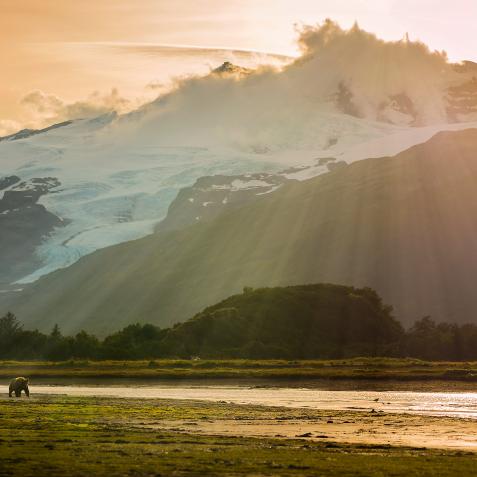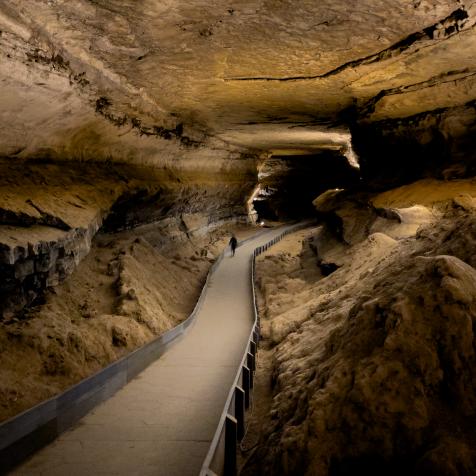
mrtom-uk
Great Smoky Mountains National Park

The mists of The Great Smoky Mountains seem to shroud the very secrets of the region's historical tragedies and biological triumphs.
The mists of The Great Smoky Mountains seem to shroud the very secrets of the region's historical tragedies and biological triumphs. This is the land from which the Cherokee Indians were sent to walk their Trail of Tears. And the land that later became home to the hardened mountaineers who carved their lives into this landscape and earned the reputation as Appalachia's "mountain people." In 1934, the government declared the area a national park, displacing these settlers, yet preserving 800 square miles of what has become recognized as one of the most biologically valuable regions in the United States.
A haze permeates the landscape of the park, swirling through mountains and forests. It is this "smoke" that gave the park its name, and is in fact a combination of moisture from the Gulf of Mexico and vapors given off by the surrounding forests. This blanket of moisture provides the fantastic growing conditions that have helped the area's species thrive. Other parks may have a greater variety of climates and topographies, but Great Smoky Mountains National Park beats them all with its extraordinary biodiversity. More than 100,000 species have been recorded in the park - from mosses to mammals, and even 30 species of salamanders (watch for the hellbender, which grows to a whopping 2 1/2 feet long!). Five different forest types drape the park's mountains and valleys (including a coniferous rain forest) encompassing more than 130 tree species - that's more than all of Northern Europe forests combined!
The park's interior straddles Tennessee and North Carolina, and its perimeter is dotted with towns such as Gatlinburg, TN, and Cherokee, NC, which offer numerous visitor facilities. The mountains and valleys of the park include 700-plus miles of river and mountain streams, and more than 850 miles of hiking trails, including part of the famed Appalachian Trail.
Geological History
The Great Smoky Mountains comprise the southernmost part of the Appalachians, a range that formed through multiple geological episodes over a period of 300 million years. The mountains were created when the tectonic plates of North America, Europe and Africa collided, forcing masses of rock to push upward as high as 155 miles. Over the years, the range has been smoothed by erosion from running water, weather, gravity and the freeze-thaw cycle.
Park Activities
The park's interior is managed as a wilderness preserve with multiple camping facilities and interpretive programs. Clingman's Dome, the park's highest peak, is a popular destination offering 100-mile visibility, and can be reached via a half-mile hike from a spur road. Cades Cove features an 11-mile, 1-way loop road with vistas. Many trails lead to waterfalls and are perfect for hiking, biking and even horseback riding. Ranger programs include night hikes and hayrides.
Where to Stay
The LeConte Lodge proves that phenomenal things come in large, somewhat-hard-to-reach packages. Please note: This place is not for the faint of heart! Perched atop Mount LeConte (the park's third-highest peak), the lodge is only accessible by 5 hiking trails and, yup, the shortest trail is more than 5 miles long. Once you've reached the rustic cabins (no running water or electricity), however, your life may truly be forever changed. Vistas seem to include every mountain dimpling the Smokies' range. The quiet surroundings are almost Zen-like. And the lodge's home-cooked, family-style meals are down-home, downright delicious!
Side Trips
Every American ought to take the time to learn about our land's original settlers - the Native Americans. Adjacent to the park is the Cherokee Indian Reservation, where a museum meshes modern technology with ancient artifacts to tell the story of the Cherokee tribe. A re-created Cherokee village and the acclaimed outdoor drama "Unto These Hills" highlight the history of these Native Americans. The reservation also features rafting, fishing, hiking.












































































